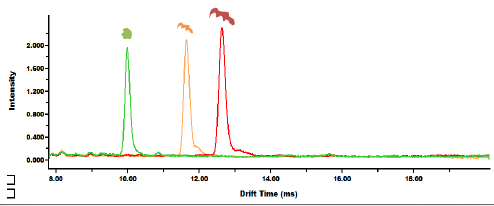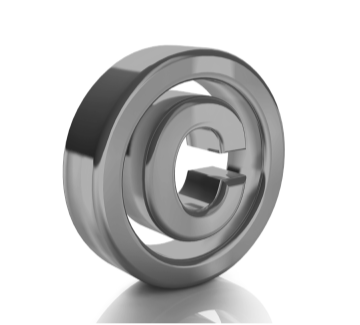What Is Ion Mobility Spectrometry?
Ion mobility spectrometry (‘IMS’) is a gas-phase separation and detection technique that identifies molecules based on their ion mobility related to molecular structure, size and shape. The molecule's measured drift time is a predictive tool for its molecular weight and structure.
IMS is an orthogonal separation technique to liquid chromatography and mass spectrometry.
‘‘You have to charge ions, release them down the drift tube, and whichever arrives first is the high mobility molecule. So basically, an ion mobility separation is a time separation in a drift tube’ - Dr Ching Wu
How does HPIMS differ from IMS?
High performance ion mobility spectrometry (‘HPIMS’) is the next generation in IMS. It provides another dimension to an LC or MS separation, or can be used alone for rapid separation and detection of differently shaped compounds. The technique overcomes many of the shortcomings associated with traditional ion mobility technology:
Liberation from the Lab
Many of the traditional analytical instruments, be it liquid or gas chromatography, are large-scale devices that can fill an entire room to get the required resolution. Although many of these instruments have been modernized and adapted for benchtop use, they can still be cumbersome when trying to take a measurement and are often fixed to one research site only. Operated under ambient pressure, HPIMS brings the laboratory instrument to where the measurement is needed, the point of analysis.
Cost Effective Technology
IMS has typically been an integrated feature of an expensive mass spectrometer. Therefore to add the power of IMS to a lab required an often cost prohibitive investment in new mass spectrometry technology. Excellims has made HPIMS available in three cost effective instruments, including a module that can be added to an existing mass spec, making it more financially accessible.
Higher Resolution
High performance IMS achieves 70+ resolution which is comparable to HPLC/UPLC. This was achieved through Excellims’ innovative drift tube design and years of experience with the technology. HPIMS delivers resolving power (R = td/t1/2) of 60-120 that is 2-10 times better than other IMS based systems. The separation efficiency is equal to or better than HPLC, but with much greater sample throughput; in addition, the ion mobility based separation is truly orthogonal to HPLC.
Electrospray ionization (ESI) is paired with HPIMS to analyze nonvolatile compounds and biologics. This method ionizes a liquid sample off the tip of a needle by applying a strong voltage to it. ESI opens up HPIMS to a wide range of applications that were not possible with the older generation of commercial IMS instruments.
How does high performance ion mobility spectrometry work?
- A liquid sample ionizes on a needle tip by electrospray ionization
- Excess solvent evaporates in the desolvation region
- Solvent-free ions are pulsed through the ion gate into the drift tube
- Ions travel through the drift tube while colliding with drift gas molecules. Compact ions travel more quickly than bulky ions.
- A Faraday plate detector at the end of the tube creates an electrical signal, which is converted to a mobility spectrum like the one below:

Why use HPIMS? The challenge of complex mixtures
Scientists are increasingly faced with samples that are becoming more and more complex.
Whether you are analyzing plasma, petroleum fuel or food homogenate, the sample requires technology that can distinguish a certain targeted compound from another. Traditional liquid chromatography combined with mass spectrometry or gas chromatography have limitations on chromatographic columns, separation speed and resolution for example – HPIMS fixes these. These traditional technologies are separating molecules based on the molecular polarity, boiling points or weight of the molecule. However, IMS can identify a molecule from a range of different angles, which provides a much more powerful tool to separate molecules in a complex mixture.
Types of ion mobility spectrometry
- High performance ion mobility spectrometry (HPIMS)
- Drift Time Ion Mobility Spectrometer (DTIMS)
- Travelling-Wave IMS (TWIMS)
- Trapped IMS (TIMS)
- High Field Asymmetric waveform Ion Mobility Spectrometer (FAIMS)
- Open Loop IMS (OLIMS)
- Differential Mobility Analyzer (DMA)
- Transversal Modulation IMS (TMIMS)
- Overtone Mobility Spectrometers (OMS)



